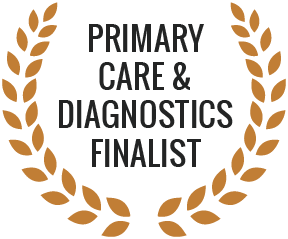The causes of lupus are not entirely known, but it is thought to be caused by a combination of genetic factors & environment. Those who have a predisposition for lupus can develop symptoms in response to triggers such as exposure to sunlight, having an infection or other illness, & certain types of medication (blood pressure medication, anti-seizure medication, & some antibiotics). Lupus is more common in women, & tends to occur between 15 & 45 years of age.
If you suspect you have lupus, or are experiencing unusual symptoms, please make an appointment to speak to a doctor who can perform diagnostic tests & find a safe & effective plan for treatment.
Definition
Lupus is a chronic (long-term), systemic condition involving inflammation that affects the joints, skin, & internal organs. It is thought to be due to a problem with the immune system, which causes it to attack healthy tissues (autoimmune).
Symptoms
There is no single, clear presentation of lupus, as it can have a range of symptoms which present differently with each case, & range from mild to severe. The symptoms of lupus can come & go, with periods of relapse (where the symptoms flare up) followed by a period of remission (when symptoms settle down). Some people will have symptoms on a more constant basis.
The main symptoms of lupus are:
- Pain & stiffness of the joints (arthritis, arthralgia, myalgia)
- Fatigue & tiredness which can be severe & are not alleviated with rest
- Rash on the skin, often on the face (nose & cheeks)
- The most distinctive sign of lupus is a facial rash across the cheeks & bridge of the nose, in the shape of wings (referred to as ‘the butterfly rash’ of lupus), although this will not happen to all patients who have lupus.
Some other symptoms associated with lupus are:
- Weight loss or gain
- Digestives symptoms such as poor appetite, nausea & vomiting, or diarrhoea
- Hair loss
- Headaches, migraines
- Flu-like symptoms
- Depression
- Anaemia or other blood conditions (decreased platelets or abnormal autoantibodies)
- Night sweats
- Swollen glands
- Photosensitivity (sensitivity to light, which may cause a skin rash)
- Problems with circulation in the hands & feet, leading to the tips of the fingers & toes turning white or blue when exposed to the cold (Raynauds)
- Increased risk of miscarriage
- Chest or abdominal pain due to inflammation
- Seizures, paralysis, neuropathy
- Mental fatigue / “brain fog”
In milder cases of lupus, symptoms tend to just affect the joints & skin, with some fatigue. In moderate cases, inflammation can spread beyond the skin, affecting the heart, kidneys & lungs. In severe cases, the symptoms affecting the internal organs can cause damage to the brain, heart, lungs, & kidneys, & can be life-threatening.






















